Disclosure: Please note that some links are affiliate links, and at no additional cost to you, we earn a commission if you make a purchase.
If you would like to support this website in some way, using these links will help do exactly that.
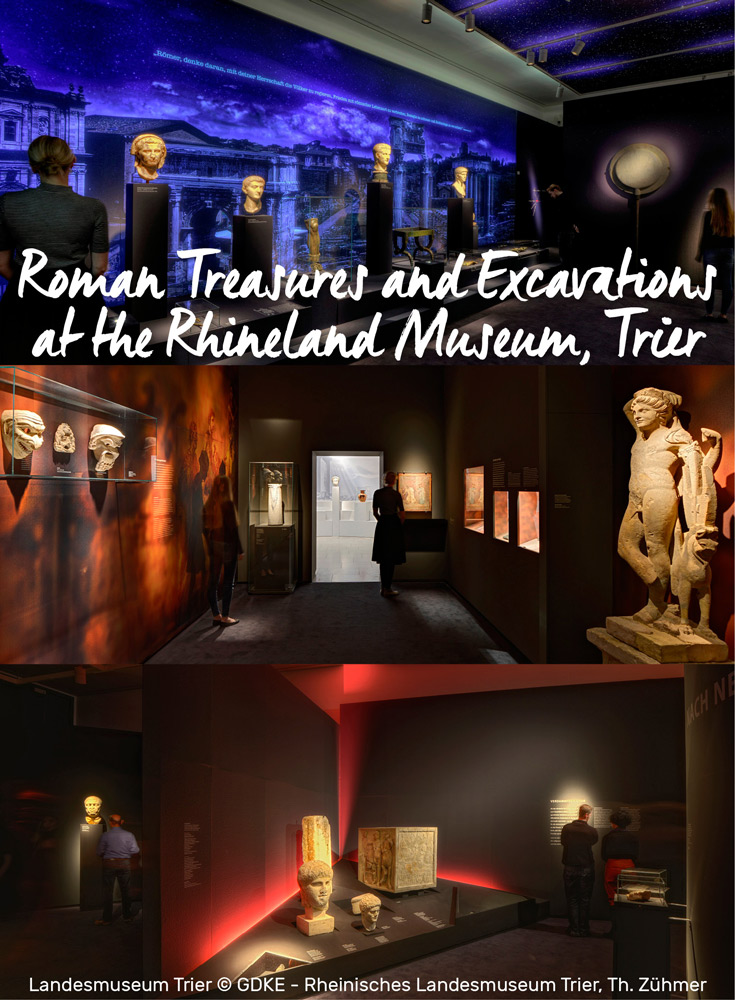
If you really want to dive back into an era where Roman emperors governed Trier, you should not miss the Rheinisches Landesmuseum, Rhineland Museum, in Trier. It is spiked full of history with more than 4,000 artifacts, with the most valuable of them behind separate glass enclosures. The glass enclosures let you not only see each and every detail up close, but also give you a 360 degree view of many of them without jeopardizing the art treasures.
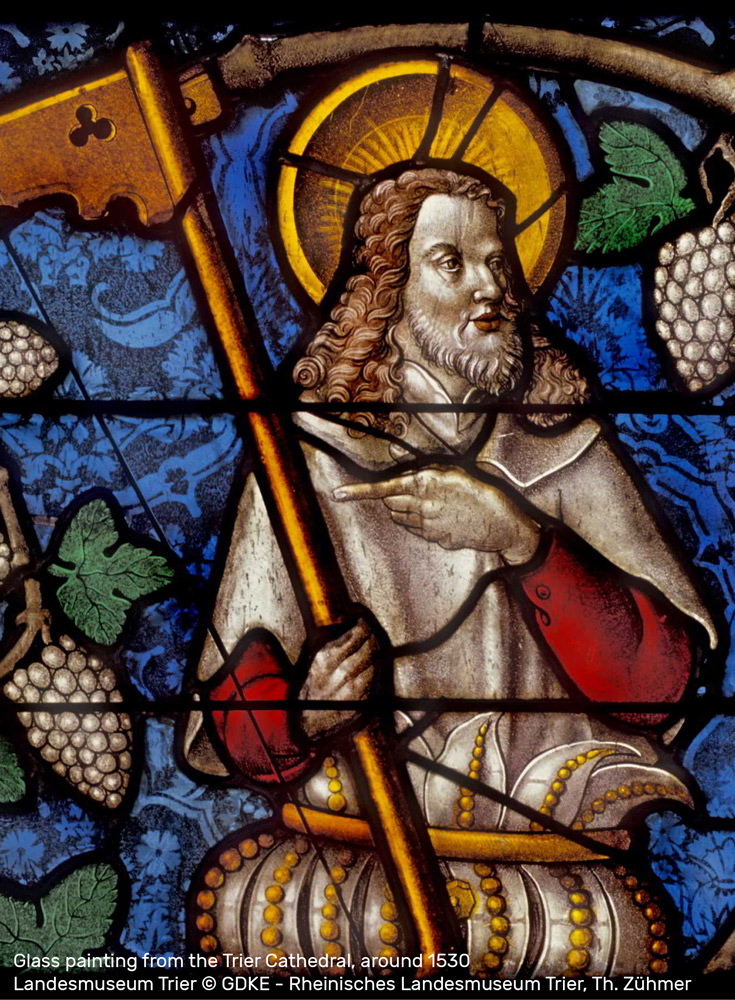
The museum is not only limited to the Roman Era of Trier, although it is the biggest draw for this museum. It starts with excavated weapons and other finds from the stone age, continues through Roman and Frank times and ends with the last elector of Trier. Particularly interesting were the many busts and building elements from Roman times including a large replica of the city of Trier, created on the basis of many excavations. There are also many large and impressive building columns that were recovered and restored back to their original beauty.
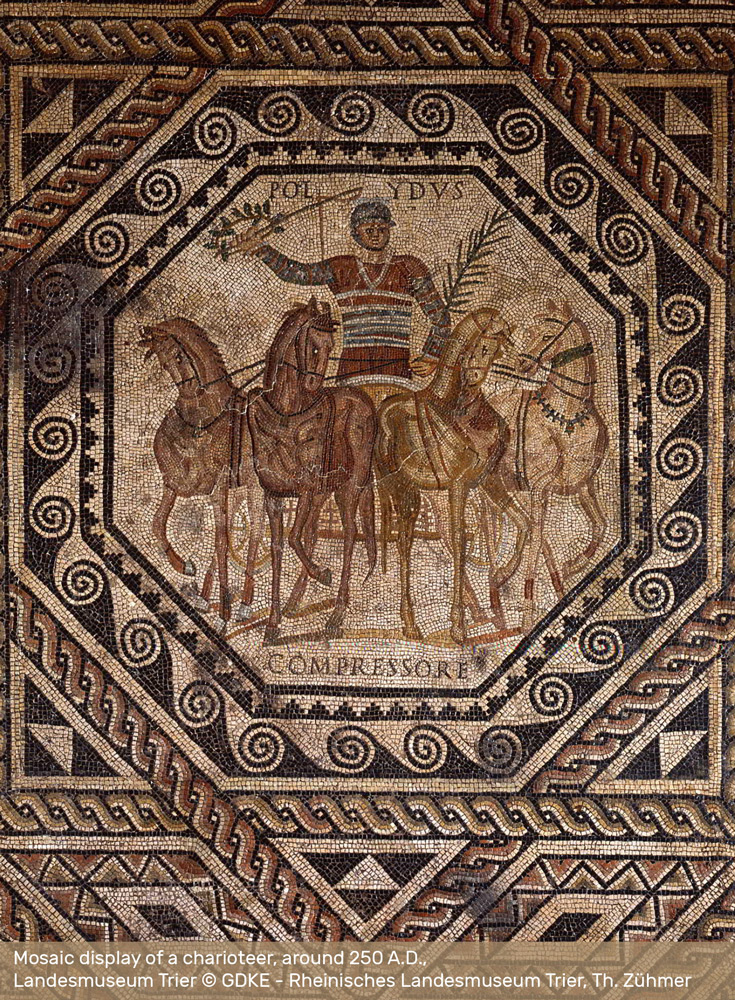
The Rhineland museum features the oldest archaeological collection in all of Germany, including the largest coin treasure ever found in Germany (2,500+ coins in 1993) and many original pottery items, so make sure you plan several hours for a visit.
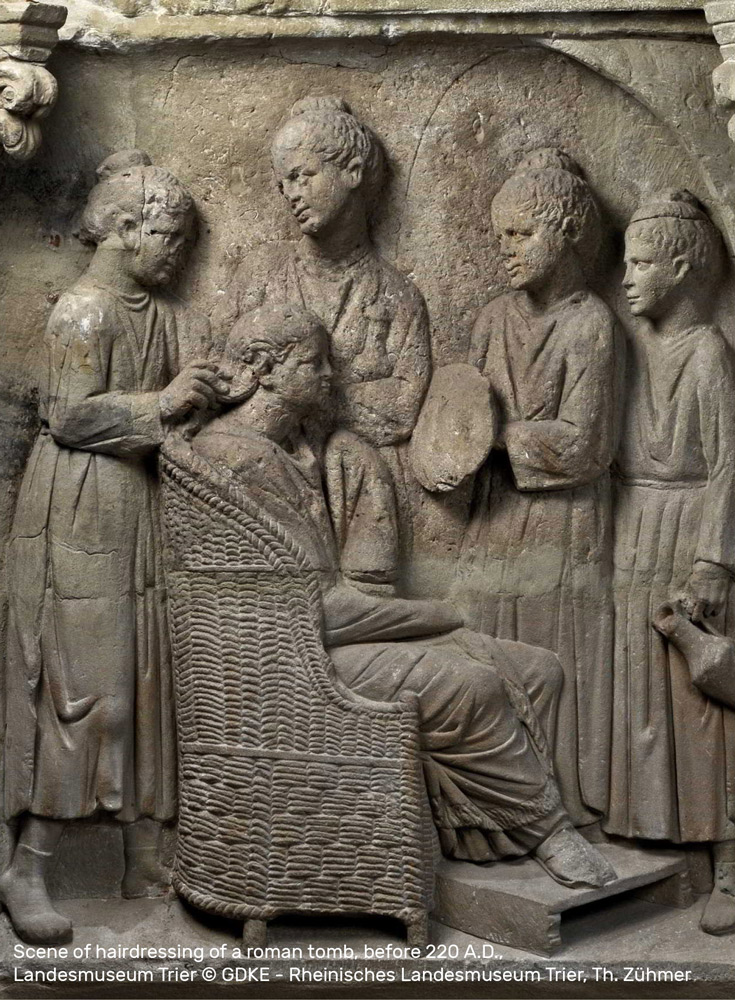
Make sure you do not miss the multimedia presentation “Im Reich der Schatten,” In the Kingdom of Shadows, which is shown twice daily. You will be in a room filled with Roman gravestones with floor to ceiling panoramic projections for 45 minutes. It tells the story of Gaius Albinius Asper, who mourns his dead wife Secundia. The fictitious plot shows his search in the world of the dead to find Secundia, his late wife. Whether Secundia really died before Albinius or not, we can only guess today. For 45 minutes we plunged into another world where we saw how stone-carved figures and characters came to life.
Included in the entrance fee is a great audio guide, that also has an English language option and will give you a much better understanding of the stories that go along with the artifacts.
Follow Along
If you enjoyed this article, or these topics sound interesting to you, you'll love our weekly newsletter. You'll receive a free Germany Packing list for signing up, and you'll receive each week's newest posts every Friday. Thank you for reading!

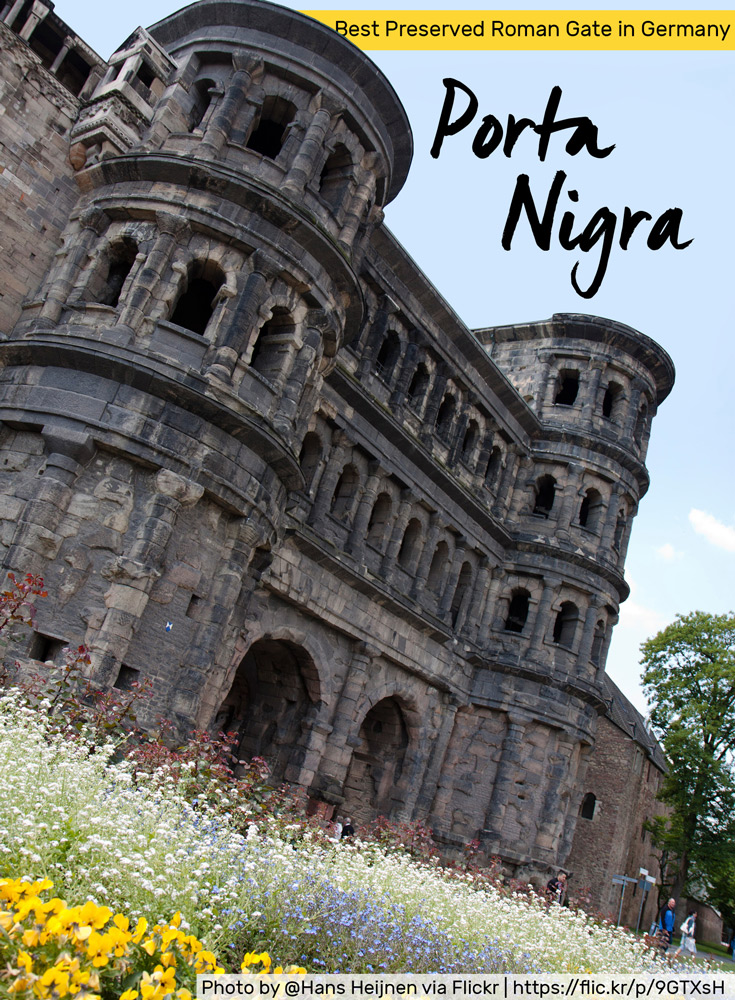
“I can’t believe we can get this close to it!” Denise exclaimed. Ever so delicately, she reaches out and puts her palm on the dark, cold stone of the Porta Nigra. “This is officially the oldest thing I’ve ever seen or touched!” Her smile lit up her whole face.
Of course it's not hard to find old things in Germany, but Trier especially has it's fair share of OLD.
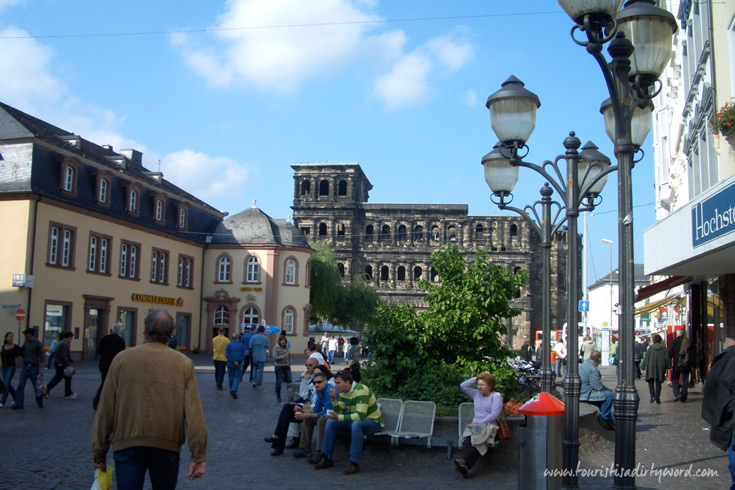
A fascinating building in the middle of Trier with an eventful history of almost 2000 years: Today we take a look at the Porta Nigra - the Black Gate, which the residents simply refer to as “Porta.” It is named for the color of its now dark gray sandstone, which originally had a pinkish red tint, but had discolored over the years and was renamed in the Middle Ages since the original Roman name had not been preserved.
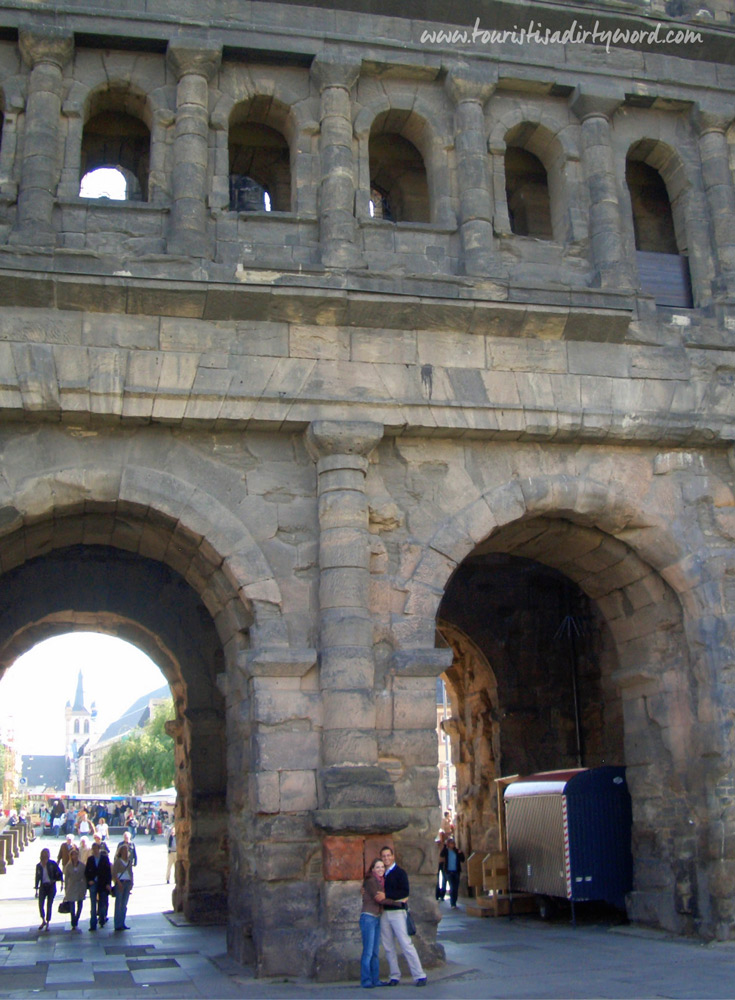
The Porta Nigra is a former Roman city gate and the best preserved in Germany. It was originally built between 186 and 200 AD with a 4-storied tower to the left and to the right of the gate. A total of about 7200 sandstone blocks were used for the construction with the largest ones weighing up to 6 tons.As one of four gates in the city of Trier, it protected the northern entrance to the city. There were also the Porta Media (Middle Gate) in the south, the Porta Alba (White Gate) in the east, and the Porta Inclyta (Famous Gate) in the west.
Only the Porta Nigra survived because the stones of the other gates were used as building materials during the middle ages, after the Romans had left Trier. However, the lead and iron braces were removed from the Porta Nigra for reuse, a damage that is still visible today.
Greek Monk Symeon
In 1028 a Greek monk named Symeon asked Poppo, the Archbishop of Trier, if he could live as a recluse in the Porta Nigra and his wish was granted. He was immured inside the Porta Nigra, living a life of poverty and chastity. Symeon of Trier passed in 1035 and was sanctified, after miracles were being reported to be happening at his tomb. Archbishop Poppo later founded a monastery at the site of Symeon's tomb called Simeonstift in his honor and you can still look over into the monastery from the Porta Nigra.
The Porta Nigra itself was transformed into a church, with the inner courtyard roofed and two intermediate ceilings inserted in the western tower. The upper floor was for the monks and the lower floor for the general public. The eastern tower was leveled, since it was not needed anymore, and an additional gate, Symeon Gate, was built adjacent to the east side of the Porta Nigra. The ground floor was closed off and an outside staircase was added in order to reach the upper floors. Almost 800 years passed without any major changes.
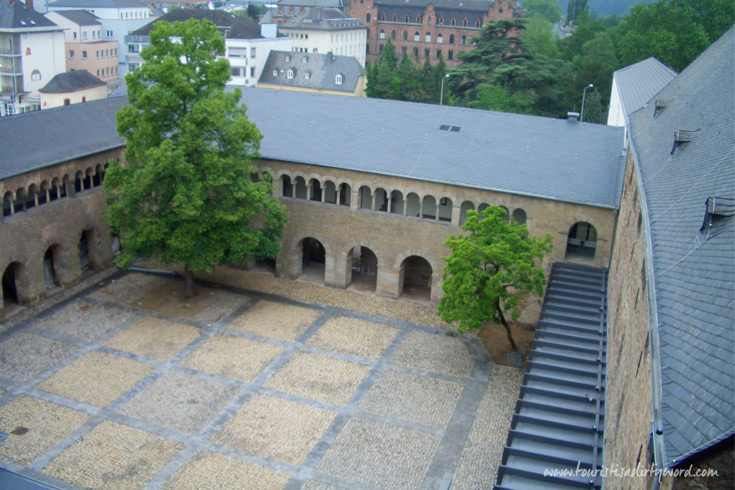
Napoleon in Trier
In 1802, Napoleon Bonaparte, the French military leader, came to Trier and dissolved the church in the Porta Nigra and also the monastery beside it. When he returned in 1804, Napoleon ordered the Porta Nigra to be converted back to its Roman form as a gate, and all church-related pieces were gutted from 1804 to 1809. Local legend has it that Napoleon originally wanted to completely tear down the Porta Nigra, but supposedly locals convinced him that the church was a Gaulish festival hall. While another version of the legend is that the people of Trier told him about the Roman origins of the gate, persuading Napoleon to convert the gate back to its original form.
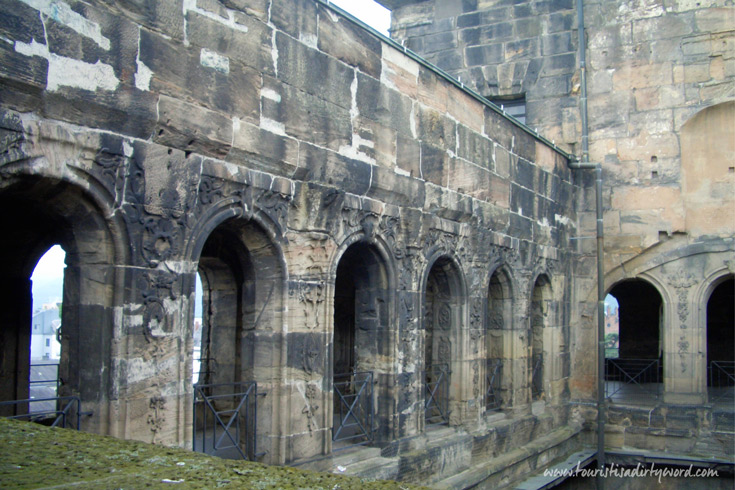
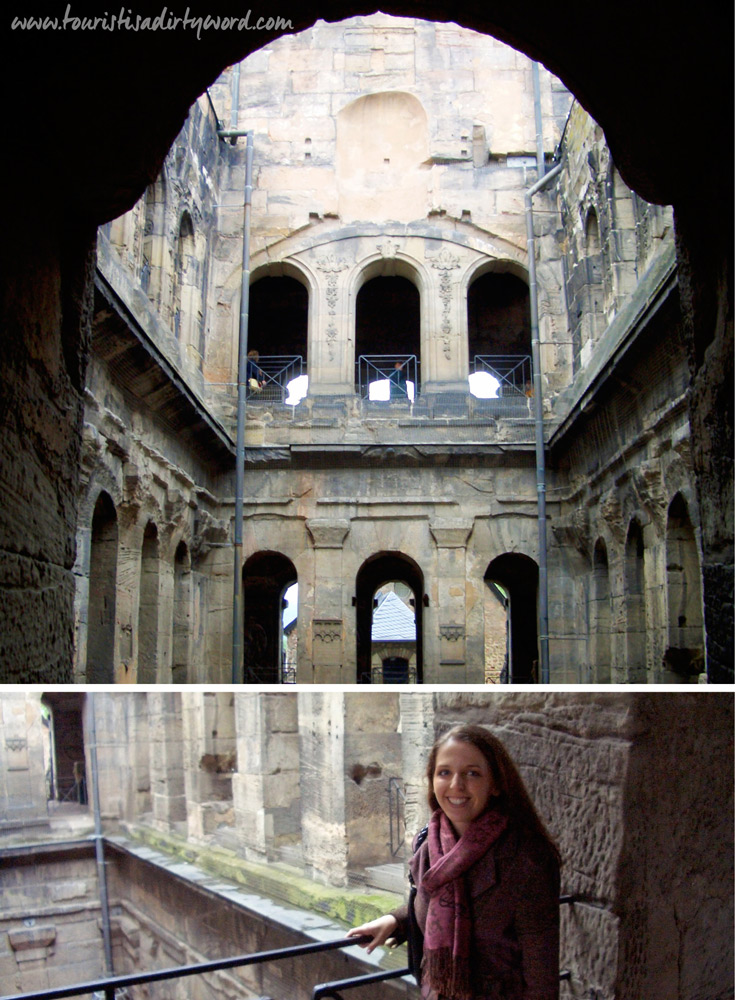
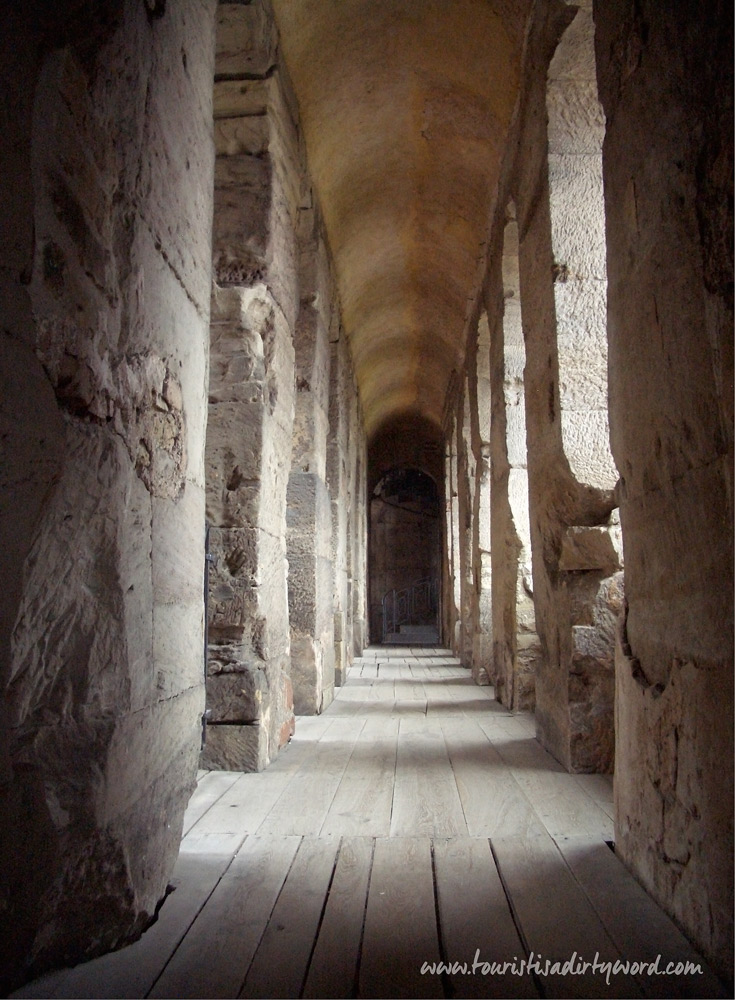
UNESCO World Heritage Site
The Porta Nigra was henceforth used as the first antiquity museum of Trier and in 1986 the Porta Nigra was designated as part of the UNESCO World Heritage Sites. To learn more about what it means to be a UNESCO World Heritage Site, be sure to check out this post. Today you can visit all levels of the Porta Nigra and if you are in Trier during the warm summer months, look for a tour guide in full Roman armor leading the guided tours.

Follow Along
If you enjoyed this article, or these topics sound interesting to you, you'll love our weekly newsletter. You'll receive a free Germany Packing list for signing up, and you'll receive each week's newest posts every Friday. Thank you for reading!

The oldest town in Germany, Trier, was founded by the Romans. Trier has a total of three Roman baths, but the most impressive bath complex within the city are the Imperial Roman Baths or Kaiserthermen in German.
First there was Emperor Marcus Maximianus
This large bath and spa complex was authorized by Emperor Marcus Aurelius Velerius Maximianus and construction began around 300 AD. The building site measures a giant 250 by 145 meters (820 by 476 feet), created to show off the wealth and craftsmanship of the Roman Empire. The water supply was to be routed from the nearby Petrisberg over 2 aqueducts and, once finished, the complex would have been the biggest bath north of the Alps with a subterranean tunnel system for water supply and heating as well as tunnels for maintenance work.
Then there was Constantine the Great
Constantine the Great took over as successor of Emperor Maximianus in 306 AD and started to expand Trier by adding gates and military towers. During his reign in Trier, Constantine the Great also expanded his portion of the Roman Empire and stopped the persecution of the Christians in his empire. Unfortunately, this is where history takes an unexpected turn for the baths of Trier.
Emperor Constantine the Great left Trier in 316 AD to pursue different political goals. He eventually took residence in Constantinople - a city named in his honor, and Trier’s Imperial Roman Baths remained unfinished for about 50 years.
Finally, Flavius Gratinianus
Under reign of Flavius Gratinianus from 375 AD to 383 AD, the baths could have been finished, but Flavius had different plans. Instead of finishing the Imperial Roman Baths, he wanted to use the stone and concrete to build a barracks for the imperial troops. The subterranean tunnels were mostly filled in, and with a complex of this large scale, it could house up to 1000 soldiers including all their horses inside its walls.
During the Middle Ages the Imperial Roman Baths/Army Barracks were converted into Alderburg castle and later became part of the city fortification wall around 1120 AD. Today you can still explore the huge labyrinth of underground passageways, even though most of them are not open to the public or still filled up with concrete.
Fuel for the Imagination
The Imperial Roman Baths are still worth a visit just to see the complexity and size of what it meant to build a public bath for about 80,000 people living in Trier at the time. Most citizens used a Roman bath almost every day, and they must have had an army of bath employees to take care of the population. The fires under the water had to be kept burning in order to keep the water warm, while upstairs a crew of massage therapists and cleaners took care of the well-being of guests.
The Imperial Roman Baths are open every day from 9am until the late afternoon/early evening. For exact opening hours, check their website.
Follow Along
If you enjoyed this article, or these topics sound interesting to you, you'll love our weekly newsletter. You'll receive a free Germany Packing list for signing up, and you'll receive each week's newest posts every Friday. Thank you for reading!

